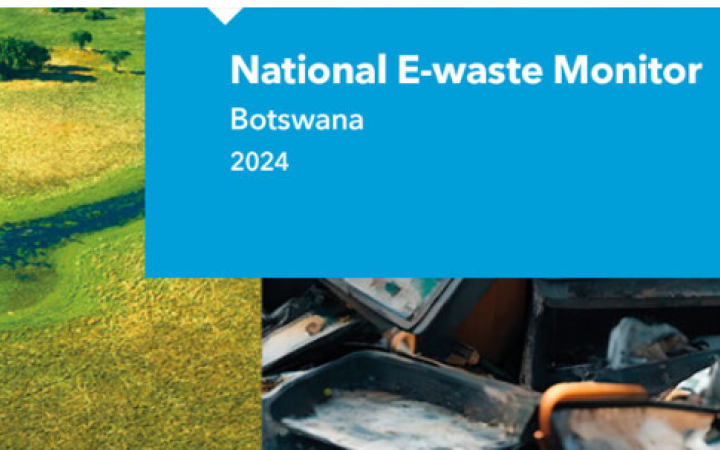NEW research highlights the major contribution Australian gas makes to the nation, pumping over $121 billion into the economy last year, up from a Covid-affected $70 billion the year before – an increase of 42%.
In line with last year’s forecast, the economic analysis by ACIL Allen for Gas Energy Australia shows significant growth over the last 12 months, with gas generating $121.17 billion in domestic economic activity to underpin 5.25% of GDP (up from 3.4%). (See table provided).
“This footprint underscores the opportunity and need for gas to continue to fill family, business and industry needs, especially the growing role of the LPG sector,” Mr Heffernan said. “LPG is used by 2 million Aussie families for in-home cooking, hot water and heating, which has been growing since 2008.
“It’s significant because LPG is uniquely able to decarbonise. It has eight paths to achieve net zero or, indeed, actual zero emissions gas. From as early as 2026 bioLPG, a by-product of sustainable aviation fuel production, will be available in Australia. But, over the course of the transition to 2045, renewable ‘actual zero’ synthetic LPG, made from green hydrogen and CO2 from the atmosphere, will replace all conventional LPG.
“It’s a game-changer that negates the exorbitant costs of switching to alarmingly unreliable electricity, as existing appliances will be net zero in the short-term and actual zero come the 2040s. BioLPG and rLPG are ‘drop-in’ replacements for conventional LPG. That means no extra capital costs to homeowners, businesses or anyone using it. Existing cylinders, pipes and appliances require no changes.”
The employment data from the ACIL Allen report also shows significant growth, with Australian gas creating over 17,000 extra full-time jobs over the year to see 258,779 local livelihoods hinging on gas. (See Table provided).
“Australia’s future will need to be built with gas and, increasingly, by renewable net zero and actual zero gases,” Mr Heffernan added.
“While gas production is the major economic driver at over $85 billion and almost 97,000 jobs, the report demonstrates the importance of gas to Australia’s electric power generation and irreplaceable role in manufacturing.”
The report shows that gas contributes:
- electricity generation: $5.59 billion (up from $4.11 billion the previous year) and 20,004 jobs (up from 12,289), and
- high temperature manufacturing: $5.792 billion (up from $5.14 billion) and 29,372 jobs (up from 24,205).
“Whether for industrial heats over 800 degrees Celsius, which electricity cannot achieve, to process the things we all use like glass, bricks, ceramics and alumina, or as a feedstock (ingredient) in making plastics, fertilisers, pharmaceuticals, rubber, propellants, refrigeration, adhesives, cosmetics, to list just a few… gas cannot be replaced,” Mr Heffernan stressed. “It is, and will continue to be, essential.
“Pleasingly, Australian governments are increasingly coming to realise electricity cannot do everything. Indeed, that it makes sense to have as many runners in the renewables race as possible.
“While LPG is a relatively small part of the gas landscape at just over $5 billion in economic activity (up from $3.6 billion last year), while supporting 20,500 jobs (up from 16,154), it can make significant inroads on Australia’s carbon footprint.
“Based on current domestic demand, replacing all conventional LPG with synthetic actual zero renewable LPG by 2045 will reduce CO2 emissions by over 509,000 tonnes every year. All while continuing to deliver families, businesses and industry the gas they know, trust and can rely on.”
The full ACIL Allen report, Economic Contribution of the Australian Gas Economy 2021-22, is available to media upon request.
[







